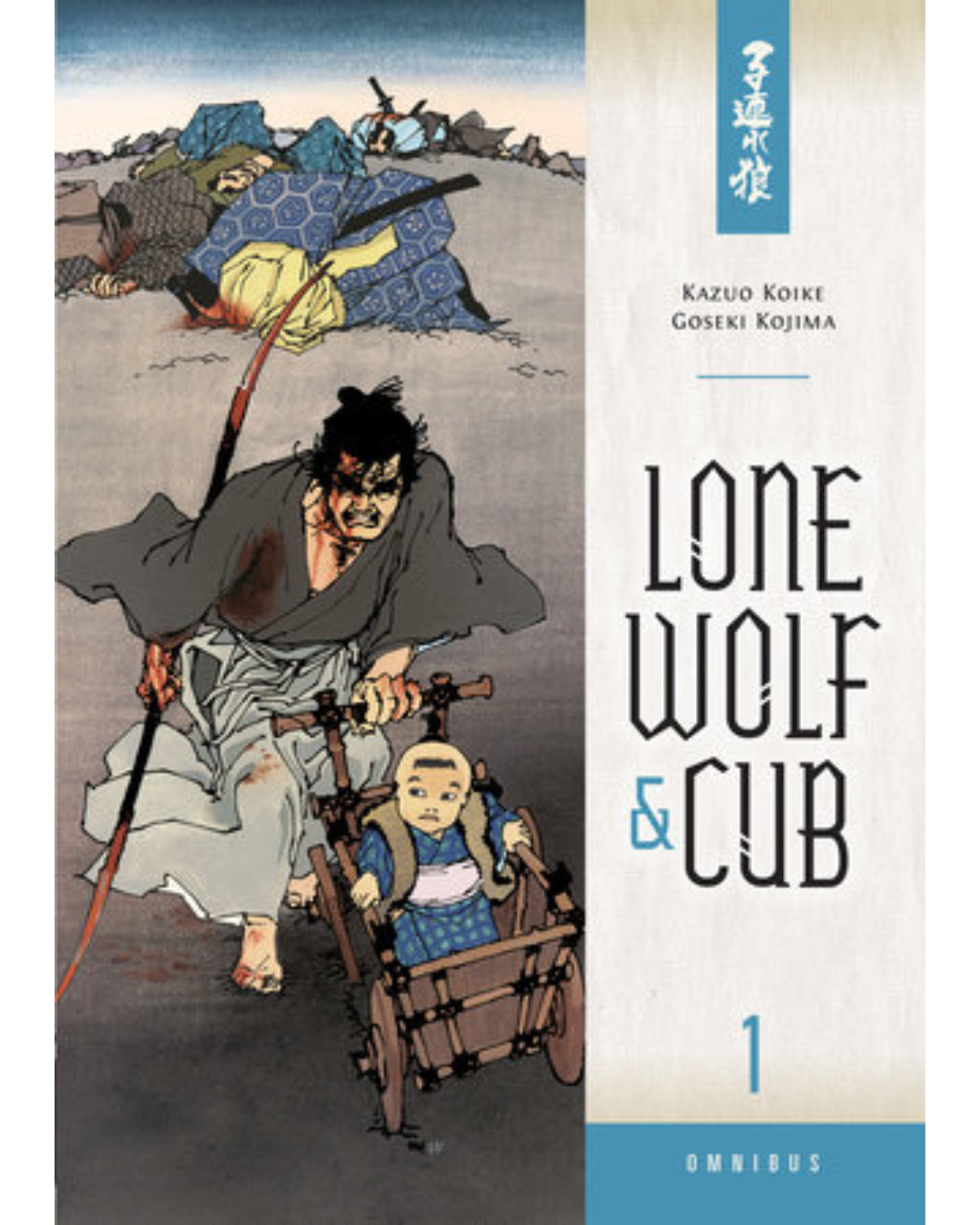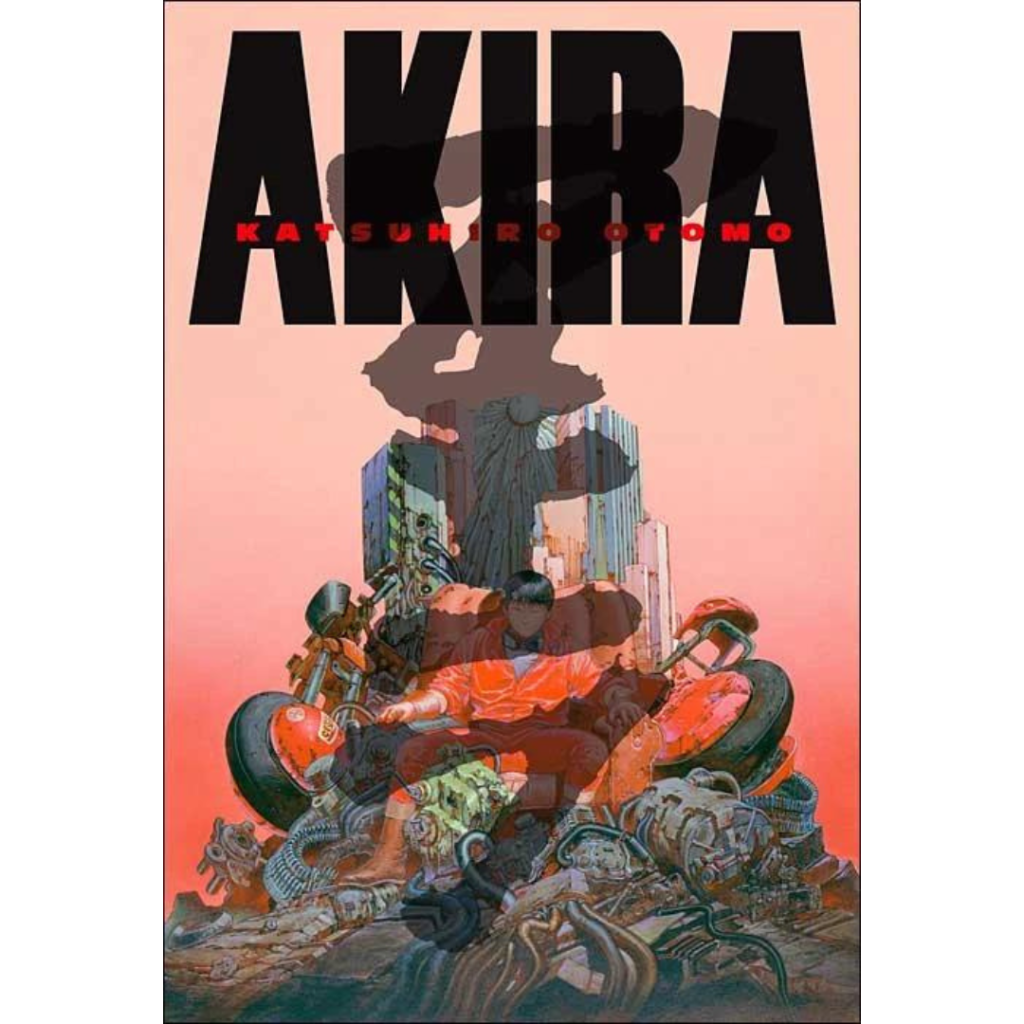
Lone Wolf and Cub (1970–1976), the legendary manga by writer Kazuo Koike and artist Goseki Kojima, stands as one of the most influential works in samurai fiction. This epic saga blends brutal action, profound philosophy, and heartbreaking humanity into a narrative that transcends its genre. At its core, it’s the story of Ogami Ittō, a disgraced executioner turned wandering assassin, and his infant son, Daigoro, as they traverse Edo period Japan on a quest for vengeance.
More than just a tale of swordplay, Lone Wolf and Cub explores honor, sacrifice, and the cost of violence through its meticulously crafted world. Its impact echoes across media from The Mandalorian to John Wickproving its timeless resonance.
The Plot: A Road to Hell Paved with Blood and Honor
The story begins with Ogami Ittō, the former Kogi Kaishakunin (the Shogun’s executioner), framed for treason by the treacherous Yagyū clan. With his wife murdered and his name tarnished, Ittō refuses ritual suicide (seppuku) and instead chooses the path of the “demon’s way” becoming a hired assassin for 500 ryo, pushing a baby cart filled with weapons and his son.
Each chapter unfolds as a self-contained story, yet contributes to the overarching narrative. Ittō takes on assassination jobs, each revealing a new facet of Edo era Japan corrupt officials, vengeful peasants, rival swordsmen while inching closer to his ultimate confrontation with the Yagyū. Meanwhile, Daigoro, silent but observant, grows amidst the carnage, his innocence contrasting starkly with his father’s grim profession.
The brilliance lies in how Koike balances action and introspection. One moment, Ittō dispatches foes with his dotanuki sword in kinetic, blood soaked duels; the next, he reflects on Bushido’s contradictions or shares a quiet moment with Daigoro under moonlit skies.
Themes: The Weight of the Sword and the Soul
The Price of Vengeance
Ittō’s quest is not glorified every kill chips away at his humanity. The manga questions whether his path is righteous or self-destructive, especially as Daigoro becomes both his reason to live and a witness to his sins.
Fatherhood in the Shadow of Death
The relationship between Ittō and Daigoro is the emotional core. In a pivotal early scene, Ittō places a sword and a ball before his son; Daigoro’s choice of the sword seals their fate. Their bond is wordless but profound a samurai’s stoicism masking deep love.
The Hypocrisy of Bushido
The manga deconstructs samurai ideals, showing how loyalty and honor are exploited by those in power. Ittō’s enemies the Yagyū clan cloak their treachery in duty, making their downfall all the more cathartic.
Existential Solitude
Ittō’s title, “Lone Wolf,” reflects his isolation. Even in crowds, he walks alone, his only companion a child who cannot yet understand the blood on his hands.
Art and Atmosphere: Kojima’s Gritty, Living Japan
Goseki Kojima’s art is raw, immersive, and relentlessly detailed. His inkwork captures:
The brutality of combat: Every severed limb and spray of blood feels visceral. Duels are choreographed like deadly dances, with shadows and silence amplifying tension.
Edo-period authenticity: From peasant hovels to opulent castles, the world feels alive. Kojima’s crosshatching evokes woodblock prints, grounding the story in history.
Emotion in minimalism: A single panel of Ittō’s scarred face or Daigoro’s wide eyes conveys volumes without dialogue.
The infamous “Baby Cart Assassination” techniques (hidden blades, gunpowder traps) are depicted with shocking creativity, making each kill unforgettable.
Legacy: The Ripple Effect of a Masterpiece
Lone Wolf and Cub redefined samurai narratives, inspiring:
Films: The six Kozure Ōkami movies (1972–1974) and Shogun Assassin (1980).
Western media: The Mandalorian’s “lone warrior and child” dynamic, Kill Bill’s O-Ren Ishii backstory, and Ghost of Tsushima’s tone.
Manga/Anime: Direct homages in Vagabond, Blade of the Immortal, and Samurai Champloo.
Its moral complexity also elevated manga’s literary status, proving the medium could rival epic novels.
Final Verdict: A Timeless Epic of Blade and Heart
★★★★★ (5/5)
A masterwork that cuts deeper than any sword. Essential reading for fans of samurai lore, crime sagas, or profound storytelling.
Criticism (Minor Flaws)
Repetitive structure: Some episodic chapters feel formulaic before the overarching plot intensifies. Daigoro’s passivity: His role as a silent observer may frustrate readers wanting more agency from him.
Recommendation
If you loved Vagabond, Blade of the Immortal, or The Road, this will haunt you in the best way.
Lone Wolf and Cub is more than a manga it’s a meditation on violence, a love letter to feudal Japan, and a poignant father-son tale. Koike’s writing and Kojima’s art merge into a perfect symbiosis, crafting a story that’s as philosophically rich as it is thrilling.

